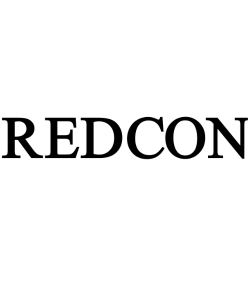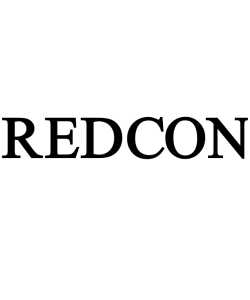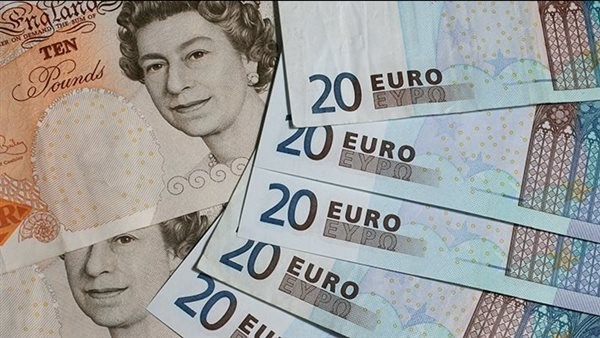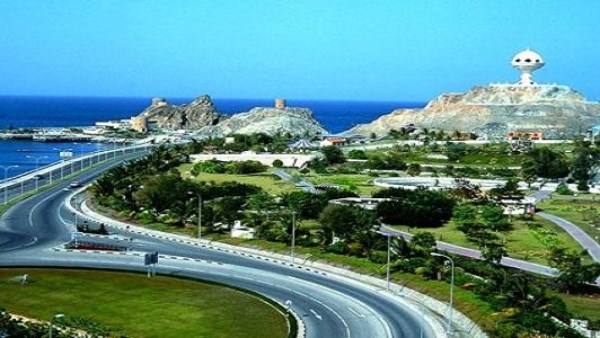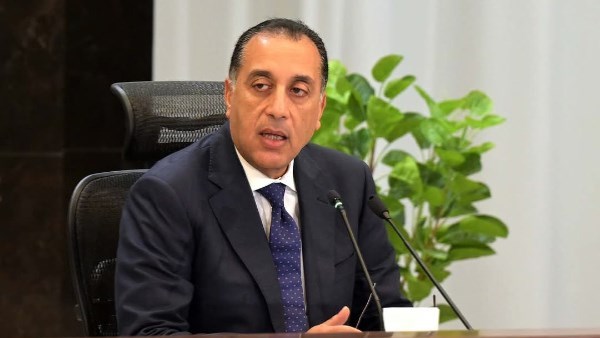
Solar and wind are still the cheapest and fastest way to drive the green transition
Why Europe is pivoting back to nuclear — one of its most divisive energy sources

A European-wide shift to nuclear power appears to be gathering momentum as countries hedge their bets in pursuit of more energy independence.
In just the last few weeks, Denmark announced plans to reconsider a 40-year ban on nuclear power as part of a major policy shift, Spain reportedly signaled an openness to review a shutdown of its nuclear plants and Germany dropped its long-held opposition to atomic power.
The renewed European interest in nuclear shows how some countries are hedging their bets in pursuit of more energy independence.
The burgeoning trend appears to be driven, at least in part, by some of the costs associated with renewables, notably solar and wind technologies.
“Solar and wind are still the cheapest and fastest way to drive the green transition, and that remains our focus. But we also need to understand whether new nuclear technologies can play a supporting role,” Lars Aagaard, Denmark’s minister for climate, energy and utilities, told CNBC via email.
The renewables-heavy Scandinavian country said in mid-May that it plans to analyze the potential benefits and risks of new advanced nuclear technologies, such as small modular reactors, to complement solar and wind technologies.
Denmark’s government, which banned the use of atomic energy in 1985, added that it does not plan a return to traditional nuclear power plants.
“We have no recent experience with nuclear power, and we lack the necessary knowledge regarding safety and waste management. That’s why we must begin a serious analysis — not to replace solar and wind, but to see whether new nuclear can complement our energy system in the future,” Aagaard said.
Georg Zachmann, senior fellow at Bruegel, a Brussels-based think tank, said nuclear power remains the most divisive electricity generation technology in Europe.
“Thereby, the renaissance of nuclear in the political discourse is somewhat surprising, given that the cost of main competing technologies, new wind and solar plants, have dropped by more than 80 percent, while those of nuclear plants have rather increased,” Zachmann said.
The so-called “hidden cost” of balancing and transporting electricity from renewables has been increasing with rising shares of wind and solar generation, Zachmann said, noting that this theme has recently become more apparent.





-1120252475029447.jpg)
-920252122624392.jpg)


